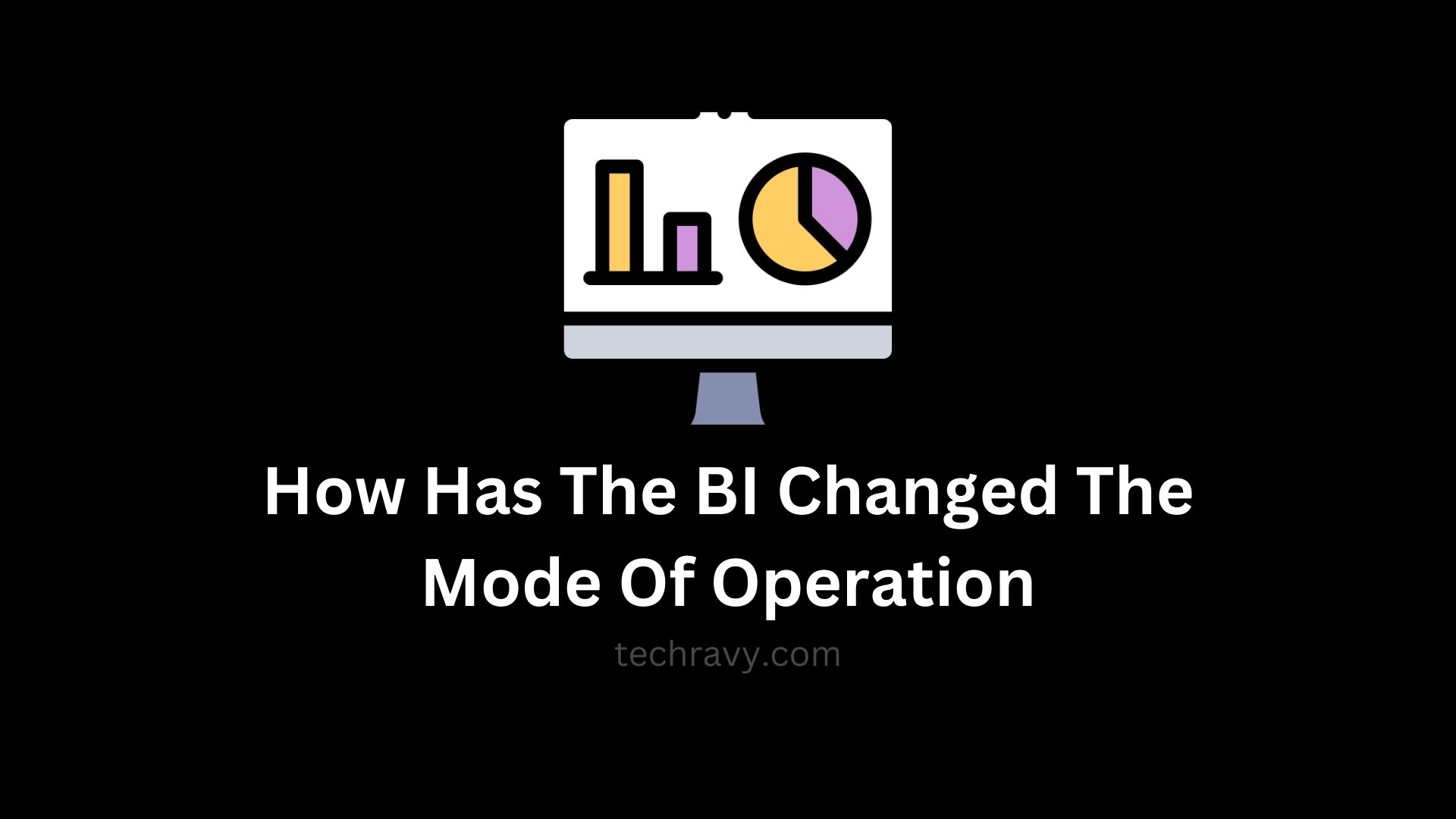The landscape of business operations has been revolutionized by the advent of Business Intelligence, or BI. This sophisticated term refers to the strategies and technologies harnessed by organizations to dissect and interpret their business data. In simpler terms, BI is the guiding light that illuminates predictive, historical, and current perspectives on business operations. In this discourse, we delve into the profound influence of BI on the mode of operation.
A Glimpse into the Origins of BI
The genesis of BI is attributed to Hans Peter Luhn, a luminary scientist at IBM Corporation, who introduced this concept in a 1958 article. He defined BI as an “automatic system developed to disseminate information to the various sections of any organization.” In essence, BI is the art of gathering data from diverse sources, subjecting it to rigorous analysis, and then presenting it in a manner that empowers actionable insights.
Tracing the Historical Roots of BI
While many assume that Business Intelligence is a relatively recent innovation, its roots extend far beyond the last couple of decades. The 19th century serves as a historical milestone when the foundations of BI began taking shape. The modern proliferation of technology has accelerated the BI journey, granting easy access to invaluable resources and streamlining operations with the aid of computers and advanced networking technologies.
But what did BI entail in an era devoid of computers? How was it executed in practice? Let’s explore these facets.
The Transformative Power of Business Intelligence
BI has left an indelible mark on the mode of operation in multifaceted ways. With the infusion of BI, executives are empowered to make informed decisions, transcending the uncertainty that is inherent in business operations. A Forbes report emphasizes that 79% of executives now believe that neglecting big data could leave their companies vulnerable to competition, even on the brink of obsolescence.
BI underscores the importance of not just big data but also timely data. It facilitates the agility needed to navigate through an ever-evolving future, where change is the only constant. In the days before BI, crucial information often slipped through the cracks, resulting in irrational decisions. Leaders of vast kingdoms lacked the necessary data to ensure the welfare of their citizens, and even the data that existed was often mismanaged.
One of the striking transformations ushered in by BI is the reduction in the size of reports. They are no longer tedious or repetitive but have evolved into user-friendly resources, attracting a wider audience. In today’s technology-driven landscape, data collection and storage have been refined, and AI technologies have accelerated BI’s role in reshaping organizational functions. As technology continues to advance, BI will continue to evolve in tandem.
The Evolution of Data Collection Over Time
- Stone Tablets for Data Collection: In a pre-computer era, stone tablets played a pivotal role in data collection. Kings and their armies used these tablets to store data, whether it was for waging wars, collecting taxes, or providing sustenance to the populace. The data collected in this manner was instrumental for predicting the future and enabling foresight. The Sumerian stone is one of the earliest examples of this practice, where data on tracked wheat shipments was engraved for public display. While this approach was durable, it had limitations, such as engraving constraints and the storage of bulky stones.
- Storing Information on Papers: The invention of paper marked a significant advancement in data storage, allowing for larger data capacity in smaller physical spaces. Organizations began recording essential information related to specific situations, which could later be used to gain valuable insights and predict future outcomes. Most record-keeping practices originated with the advent of paper. However, this method had its limitations, with issues such as information theft and fragility. Managing extensive paper records made it challenging to access the right information at the right time.
BI’s Evolution with Computers
The introduction of computers marked a new era in data management. As data complexity and volume grew, developers created Database Management Systems (DBMS) to overcome these challenges. DBMS revolutionized data processing by splitting data elements and storing them separately, significantly reducing transaction times.
What Lies Ahead for BI?
Based on the insights gleaned from the historical journey and the evolution of BI, it’s clear that BI’s primary purpose is to enhance organizational efficiency.
The future of BI is poised to explore new data sources, such as voice data, IoT data streaming, images, and more. The influence of machine learning and artificial intelligence is not just a buzz; organizations are actively embracing these technologies, opening new avenues for the potential of BI. As BI continues to adapt and evolve, it promises to drive the next organizational growth and transformation phase.
